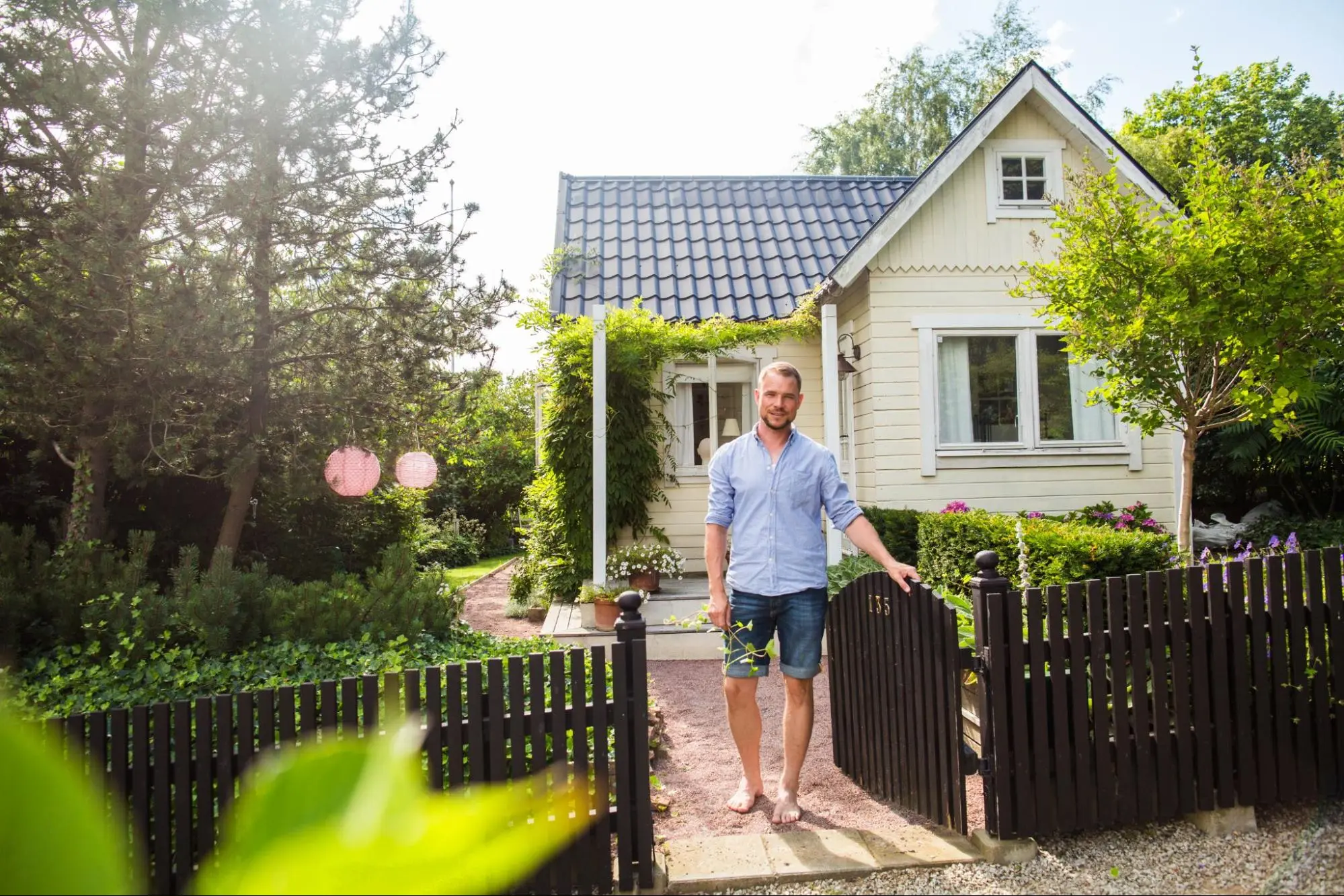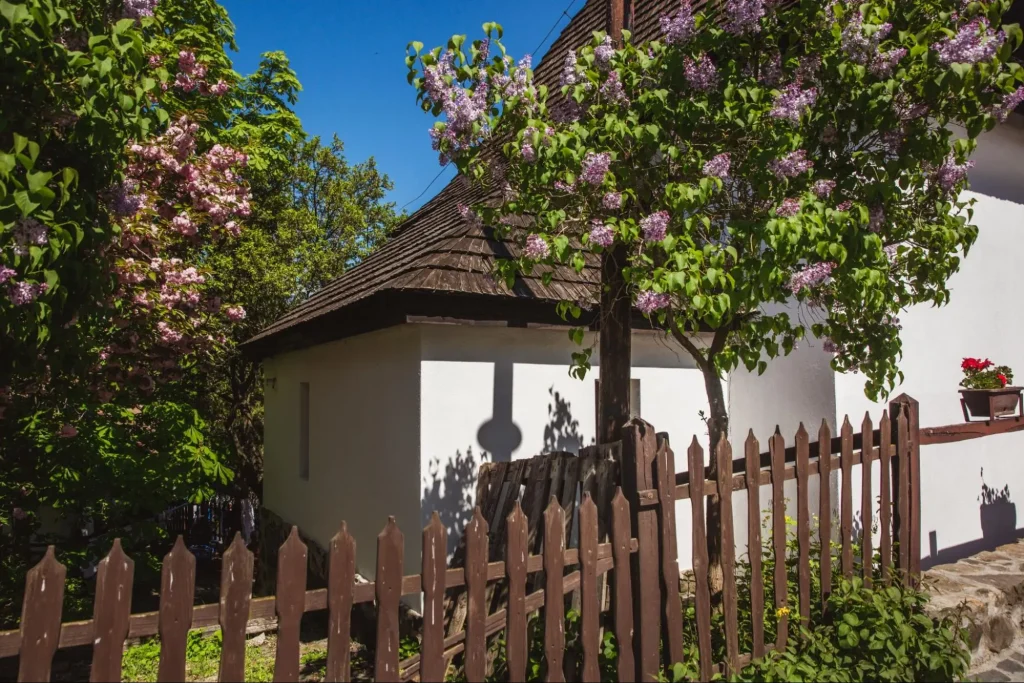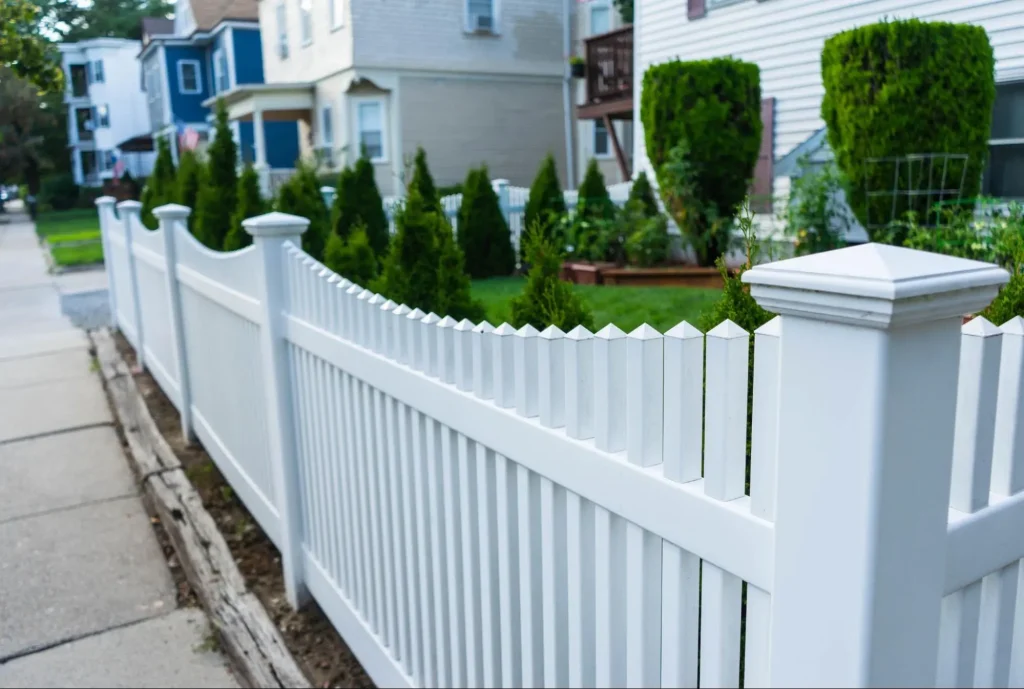
Building your first deck or fence can be an exciting yet challenging project. Whether you’re looking to create a cozy outdoor space or increase the privacy and security of your backyard, proper planning and execution are key. A well-designed deck or fence not only adds value to your home but also enhances your outdoor living experience.
Start by envisioning the perfect addition to your home and consider factors such as materials, size, and location. It’s important to follow local regulations and property lines to avoid any future issues. Familiarize yourself with basic construction techniques and gather the necessary tools to ensure a smooth building process.
By committing to this DIY project, you can customize your backyard to suit your unique style and needs. With the right planning and a bit of effort, you’ll soon enjoy the fruits of your labor.
Proper planning and designing your deck or fence involves considering its purpose, choosing the right materials, and understanding local regulations and layout intricacies. Clear steps will guide you in creating a structure that meets your needs and enhances your property’s value.
Clearly defining the purpose of your deck or fence will help shape the design. For a deck, consider whether it will serve as an entertainment space, a quiet relaxation area, or a functional extension of your home.
For a fence, decide if you need a privacy fence, security features, or simply an aesthetic enhancement. Your chosen style should complement the architectural design of your home. Whether you opt for a picket fence, a modern horizontal slat design, or a traditional wood fence, ensuring your structure reflects your personal taste and home’s style is crucial.
Choosing the right materials is vital for durability, maintenance, and budget alignment. Wood remains a popular choice for both decks and fences due to its natural appeal and versatility. Common wood types include cedar, pine, and redwood.
If low maintenance is a priority, consider materials like vinyl or composite. For fences, materials such as aluminum and steel offer robust security. Consider using concrete for the footings to enhance stability, especially in areas with harsh weather conditions.
Your deck or fence layout requires meticulous planning. Start by measuring the area and determining the property lines to avoid disputes. For fences, plan the locations for the posts and gates. Ensure your layout accounts for necessary setbacks from property lines to comply with zoning regulations.
For decks, sketch the design, marking the placement of footings, beams, and joists. Use tools like deck design software to help visualize the layout. Ensure you’ve planned for essential elements like stairs, railings, and any built-in features like benches or planters.
Compliance with local regulations is mandatory to avoid future issues. Before you begin, familiarize yourself with the local building codes and obtain the necessary permits. The regulations might include specific requirements for fence height, setback distances, and materials.
Check if you need to dig below the frost line for footings and be prepared for inspections by a building inspector at various stages of construction. Zoning laws can have specific requirements based on the purpose and placement of your deck or fence, so consulting with local authorities ensures your project adheres to all legal standards.

When planning and building your first deck or fence, understanding the essential construction principles can make a significant difference. From site preparation to maintenance, each stage plays a crucial role in ensuring a durable and visually appealing structure.
Before starting construction, you need a properly prepared site. Clear the area of any debris or vegetation that might obstruct the build. Assess the ground condition, ensuring it is stable and level. For a deck, mark the deck’s perimeter using stakes and string. For a fence, spray paint the fence line.
Check local building codes and regulations to avoid legal issues. Knowing your property’s boundaries and any zoning or permit requirements is crucial. For example, fence posts should typically be spaced 6 to 8 feet apart.
Accurate installation techniques ensure your deck or fence will last. Begin by digging post holes for both decks and fences. Use a post hole digger or auger to create holes 2-3 feet deep. Add gravel for drainage and stability before setting posts in concrete for sturdiness.
For decks, construct the frame using pressure-treated wood. Ensure the frame is square and level before adding joists and deck boards. For fences, attach rails and pickets securely. For chain-link fences, stretch the fabric tightly.
Having the right tools and handling materials efficiently is crucial. Essential tools include a tape measure, hammer, circular saw, nail gun, and post hole digger. Use a level to ensure accuracy. Keep safety gear like gloves, safety glasses, and ear protection handy.
Quality materials are key. Choose pressure-treated wood for long-lasting decks. For fences, options like chain-link, wood, or wrought iron cater to different needs. Storing materials properly and using them as needed reduces waste and keeps the site organized.

Finishing touches protect and enhance the structure. For decks, apply a sealant or stain to guard against water damage and UV rays. Similarly, sealing or painting fences extends their lifespan. Conduct regular maintenance checks to spot repairs early.
For wood fences, check for rot or damage and replace parts as necessary. Steel or wrought-iron fences may need rust treatment. Keep an eye on fence rails and pickets for any loosening. Proper finishing and maintenance ensure your investment stands up to time and weather effectively.
When planning and building your first deck or fence, careful consideration of materials, design, and local building codes is essential. Start by deciding on the purpose and location. Whether enhancing curb appeal or creating a private sanctuary, clarity in objectives will guide the project.
Steps to Consider when planning your deck:
Remember, meticulous planning, quality materials, and adherence to guidelines will lead to a successful and beautiful outdoor addition.
For professional fence and deck installation, Kaminskiy Care and Repair provides expert fence installation handyman service giving your outdoor space the appeal it deserves. Contact us today!
First, check local zoning laws and obtain necessary permits. Determine property boundaries and discuss plans with neighbors. Choose your materials and design. Finally, measure and mark your site, dig post holes, set posts, and attach fence panels.
Start with the largest, most permanent features. Patios and decks should be completed first as they serve as the foundation for the overall design. Installing fences can follow to define space and provide privacy. Ending with smaller elements such as plant beds ensures they won’t be damaged during larger installations.
Calculate the total linear footage needed and multiply by the material cost per foot. Include costs for posts, concrete, and any tools you might need.
Using cost-effective materials like pressure-treated wood or chain-link can save money. Doing the labor yourself instead of hiring professionals can also reduce expenses. Review price comparisons for different materials and consider the longevity and maintenance costs before making a decision.
Obtain necessary permits and check local building codes. Choose your deck design and materials. Ensure the ground is properly leveled and that you have all the required tools. You must also plan for utilities like water or electricity if needed.